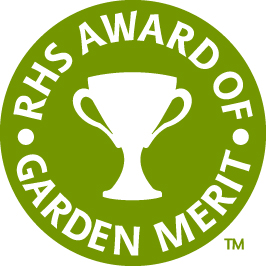
Woody > Tecomaria > Tecomaria capensis > Tecomaria capensis
Tecomaria capensis
Cape Honeysuckle, West Indian Honeysuckle
Origin: South Africa, Swaziland, South Mozambique
| Family |
| Bignoniaceae |
| Genus |
| Tecomaria |
| Species |
| capensis |
| Category |
| Woody |
| Type |
| Shrub (deciduous) |
| Synonyms |
| Tecoma capensis |
| USDA Hardiness Zone |
| 9 |
| Canadian Hardiness Zone |
| Requires cool season protection under glass |
| RHS Hardiness Zone |
| H4 - H3 |
| Temperature (°C) |
| -7 - (-1) |
| Temperature (°F) |
| 20 - 30 |
| Height |
| 4 m |
| Spread |
| 2.5 m |
Photographs
Description and Growing Information
Flowering Period
| Landscape |
| Excellent as a border specimen or for hedging, or as a container plant that can be moved outside in the summer. |
| Cultivation |
| Grow in full sun in a fertile, well-drained soil. |
| Shape |
| Usually presents as a scrambling shrub. |
| Growth |
| Fast |
| Pests |
| May be attacked by the glasshouse red spider mite or the glasshouse whitefly. |
| Bark/Stem Description |
| Branches have glandular patches between nodes. |
| Leaf Description |
| Leaves are dark green, with leaflets to 2-3 x 1-3 cm, with serrate margins. |
| Flower Description |
| Flowers appear in bright orange-red clusters with slender, curved tubes to 5 cm in length, on a limb to 3 cm in diameter. |
| Fruit Description |
| Fruit is an oblong-linear capsule to 13 x 1 cm, with seeds that are tansverse oblong with membranous, hyaline wings. |
| Notable Specimens |
| Royal Botanical Gardens, Burlington, Ontario, Canada. |
| Propagation |
| Propagate through seeds, layering, or semi-hardwood cuttings. |
